
Figure 1

Figure 2
"You want: long life, health, beauty, power, riches, high birth, wisdom? Or even some of these things? They do not appear by chance. It is not someone's luck that they are healthy, or another's lack of it that he is stupid. Though it may not be clear to us now, all such inequalities among human beings (and all sorts of beings) come about because of the kamma they have made individually. Each person reaps his own fruits. So if one is touched by short life, sickliness, ugliness, insignificance, poverty, low birth or stupidity and one does not like these things, no need to just accept that that is the way it is. The future need not be like that provided that one makes the right kind of kamma now. Knowing what kamma to make and what not to make is the mark of a wise man. It is also the mark of one who is no longer drifting aimlessly but has some direction in life and some control over the sort of events that will occur."-Bhikkhu Khantipalo
Definition of Kamma: The intention (volition or "cetana" in Pali) becomes your kamma (Mind, body or speech). Please see mind works model in Figure 2, that shows the point of kamma formation (in a red bubble)
"Intention, I tell you, is kamma. Intending, one does kamma by way of body, speech, & intellect." -Buddha
Nibbedhika Sutta: Penetrative translated from the Pali by Thanissaro Bhikkhu
In Cula-kammavibhanga Sutta Buddha talks about possible causes inequality we see among human beings.
Buddha said in this sutta: "Human beings are owners of kammas, heirs of kammas, they have kammas as their progenitor, kammas as their kin, kammas as their homing-place. It is kammas that differentiate beings according to inferiority and superiority."
There are seven groups, each group is divided into two sets depending negative or positive result from unwholesome and wholesome kamma respectively (A brief summary of kamma and its results are shown in the table in Figure 1)
The seven groups:
Group 1
1. Killer of living beings...Short-lived wherever he is reborn.
2. Abandoned the killing of living beings...Long-lived wherever he is reborn.
Group 2
1. Harms beings... He is sickly wherever he is reborn.
2. Do not ham living beings (compassion)...He is healthy wherever he is reborn.
Group 3.
1. Anger...He is ugly wherever he is reborn.
2. Not angry (loving-kindness)...He is beautiful wherever he is reborn.
Group 4.
1. Envious...Not influential wherever he is reborn.
2. Not envious... He is influential wherever he is reborn.
Group 5.
1. Not a giver of food, drinks etc., to monks or brahmans (stingy)...He is poor wherever he is reborn.
2. A giver of food, drinks etc., to monks or brahmans (generous)...He is rich wherever he is reborn.
Group 6.
1. Obdurate or haughty (disrespect)...He is low-born (low cast/class/society) wherever he is reborn.
2. Not obdurate or haughty (pays respect)...He is high-born (high cast/class/society) wherever he is reborn.
Group 7.
1. Not asking questions (Non-inquiring mind) about what is wholesome, what is unwholesome, What is blamable, what is blameless What should be cultivated, etc.,...He will be stupid wherever he is reborn
2. Asking questions (Inquiring mind) about what is wholesome, what is unwholesome, What is blamable, what is blameless What should be cultivated, etc.,...He will be wise wherever he is reborn
Please follow the link below to read the full sutta:
Notes about this sutta
1. This sutta suggest that habitual tendencies of the mind play an important role in rebirth (generative kamma or Janaka kamma in Pali -See the essay The Buddha and His Teachings - Chapter 20 learn about mechanisms of kamma).
2. However it is important to note that these are guidelines (not rules) and no one can predict the exact destiny of birth of someone (except by directly seeing with minds eye) by his or her tendencies as there may be exceptions to this, depending on your "Reproductive" kamma. We will discuss this in more detail in Maha-Kammavibhanga sutta, as working of the kamma gets a bit more complex here. For an example, person who is killing living beings all the time may have a change of heart and may do a very powerful wholesome kamma just before his death and he can be born in a good destination. However he will have to pay his bad kamma (vipaka) off one day. So one possible scenario will be he may become a human being next birth because of "Reproductive Kamma" and will have a short life according to the sutta above. Also "Counteractive kamma" may play a role here. Please see the essay on The Buddha and His Teachings - Chapter 20 learn about these four mechanisms of kamma. Other possible scenario will be the person will still have a long life if he has done many wholesome kammas before his previous birth (where the person was engaged in a lot of killing). This could be the working of the "supportive kamma". Again please see the essay on The Buddha and His Teachings - Chapter 20 to learn about the four mechanisms of kamma. Kamma Vipaka (results) therefore is a very complex subject with many mechanisms in action. Now we can see why Buddha categorized this as a one of the "Acinitita" subjects in Pali or unconjecturable subjects.
Few other general points about kamma (please follow the links under these topics)
Also read:


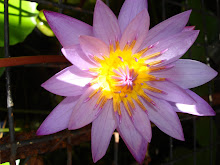












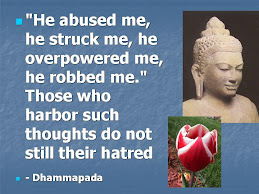

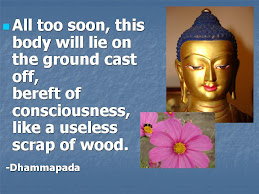
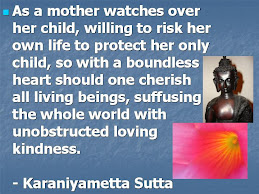
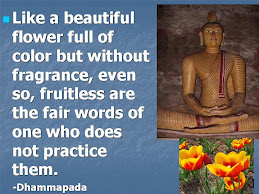
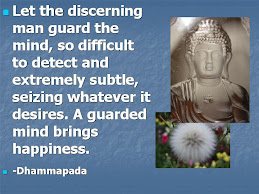

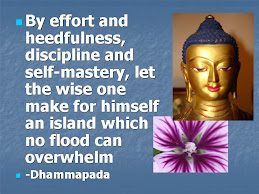

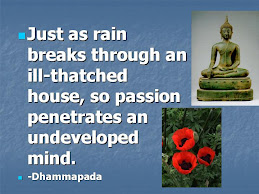

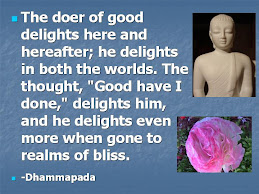
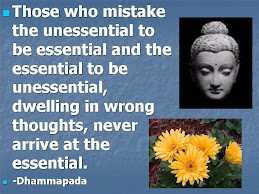
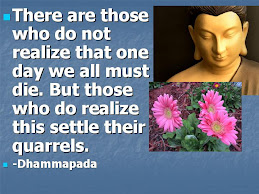
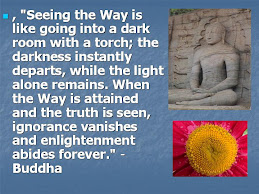

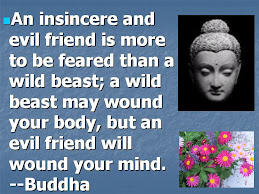
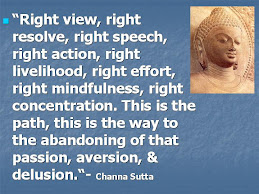

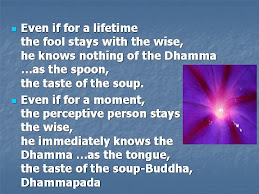


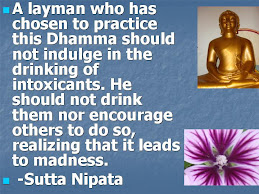
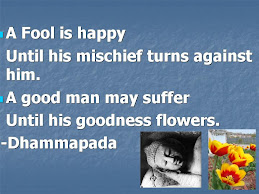
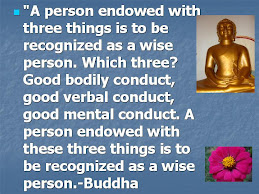

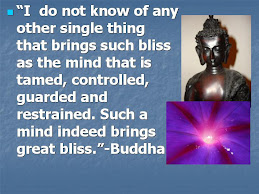
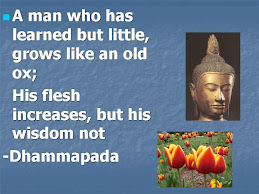
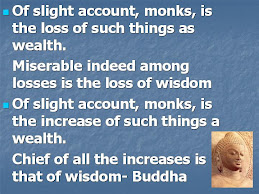
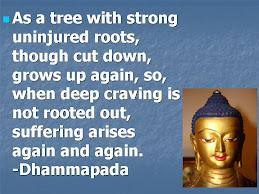
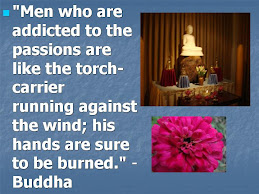


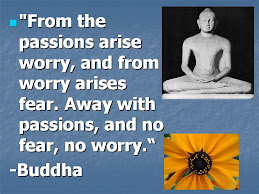
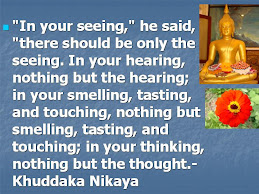




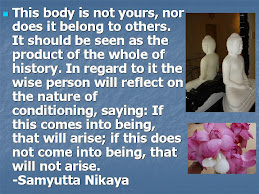
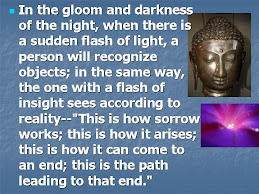
















No comments:
Post a Comment